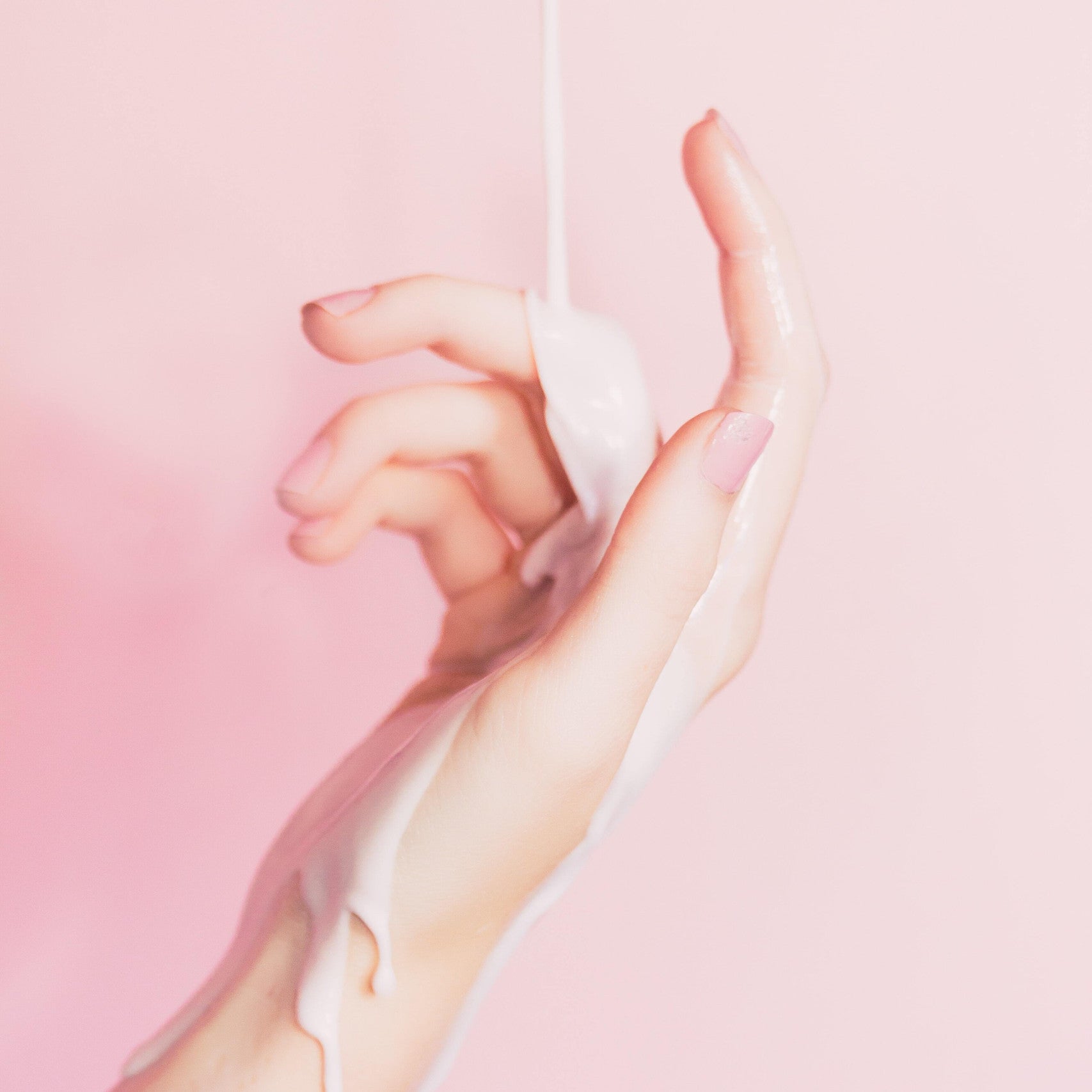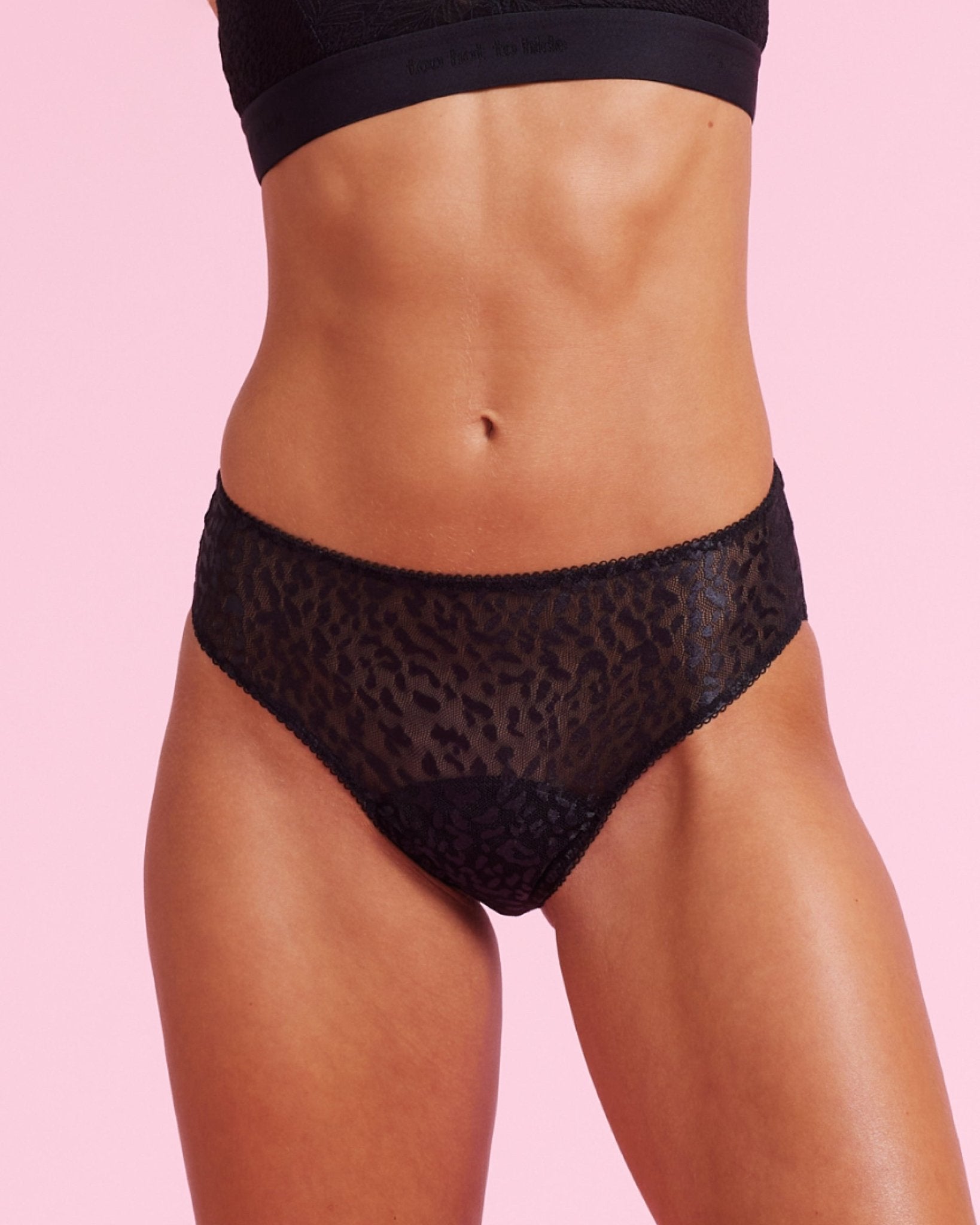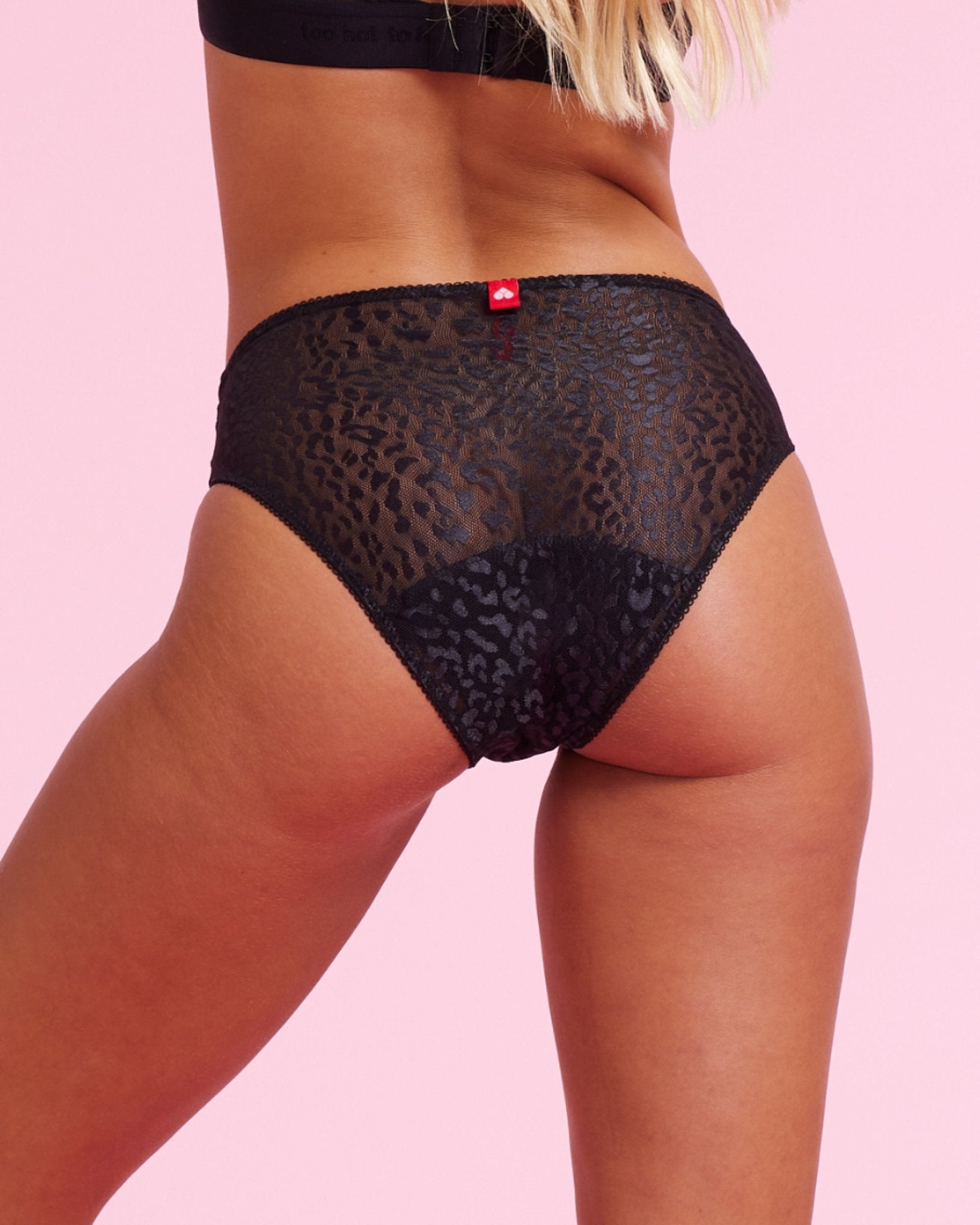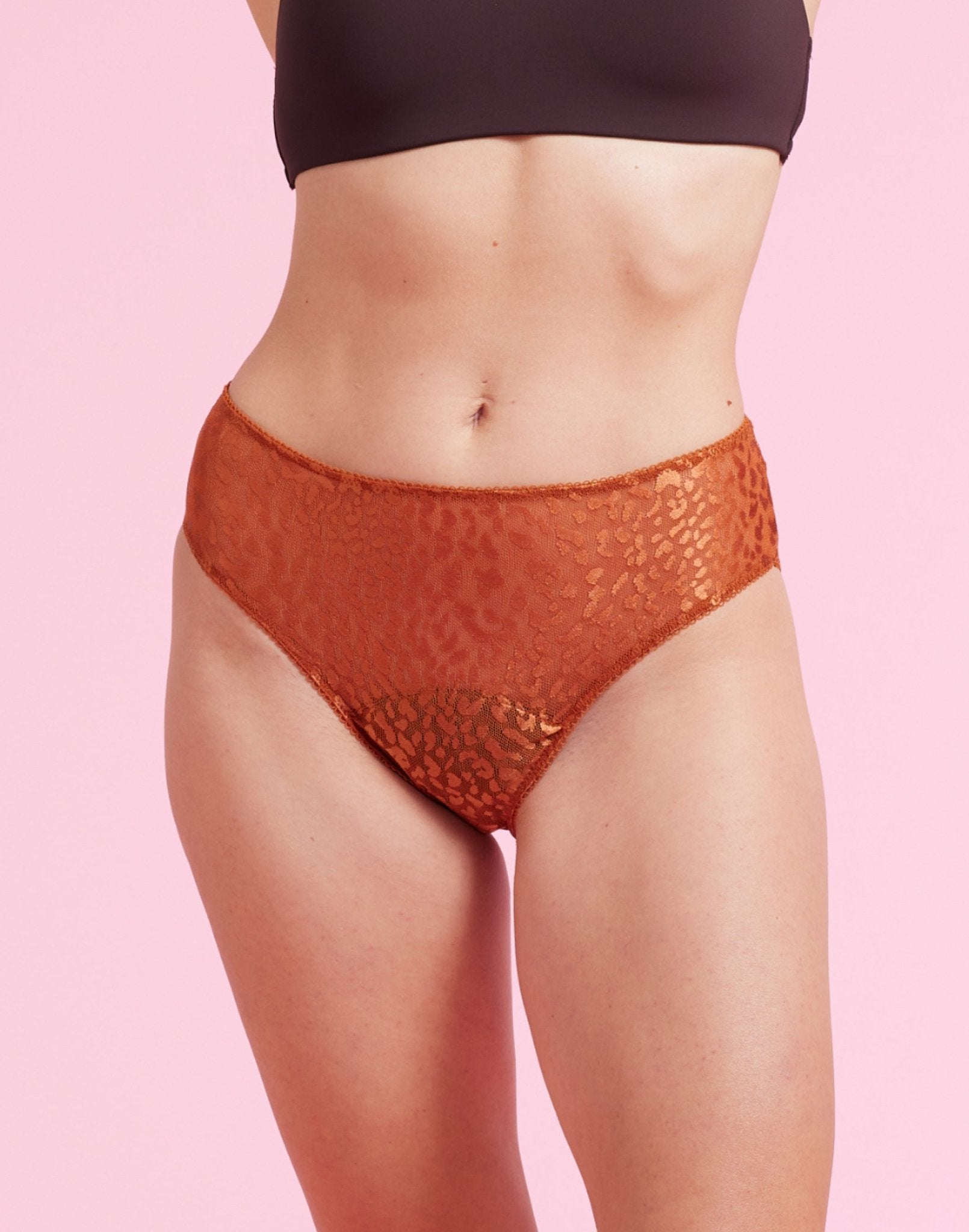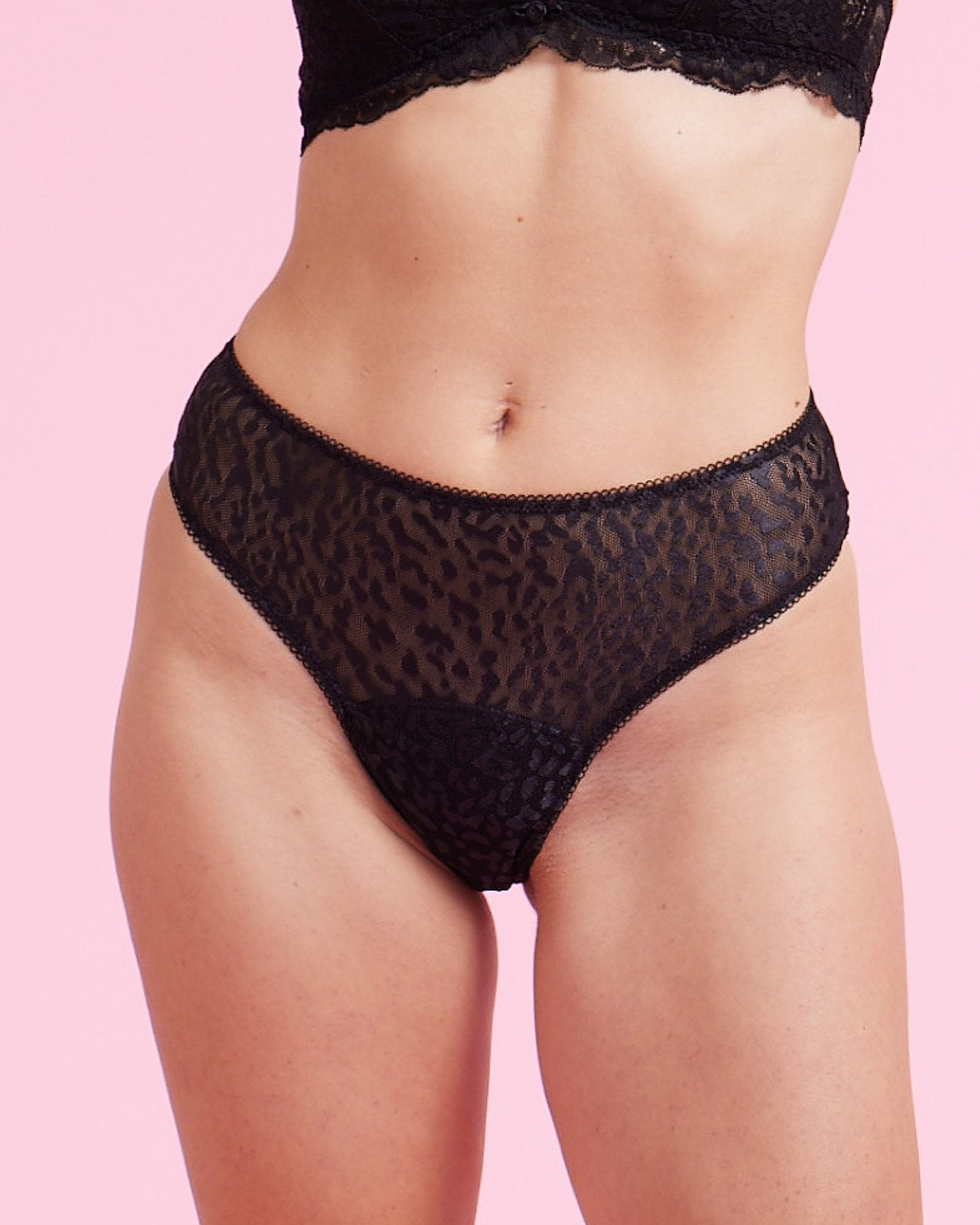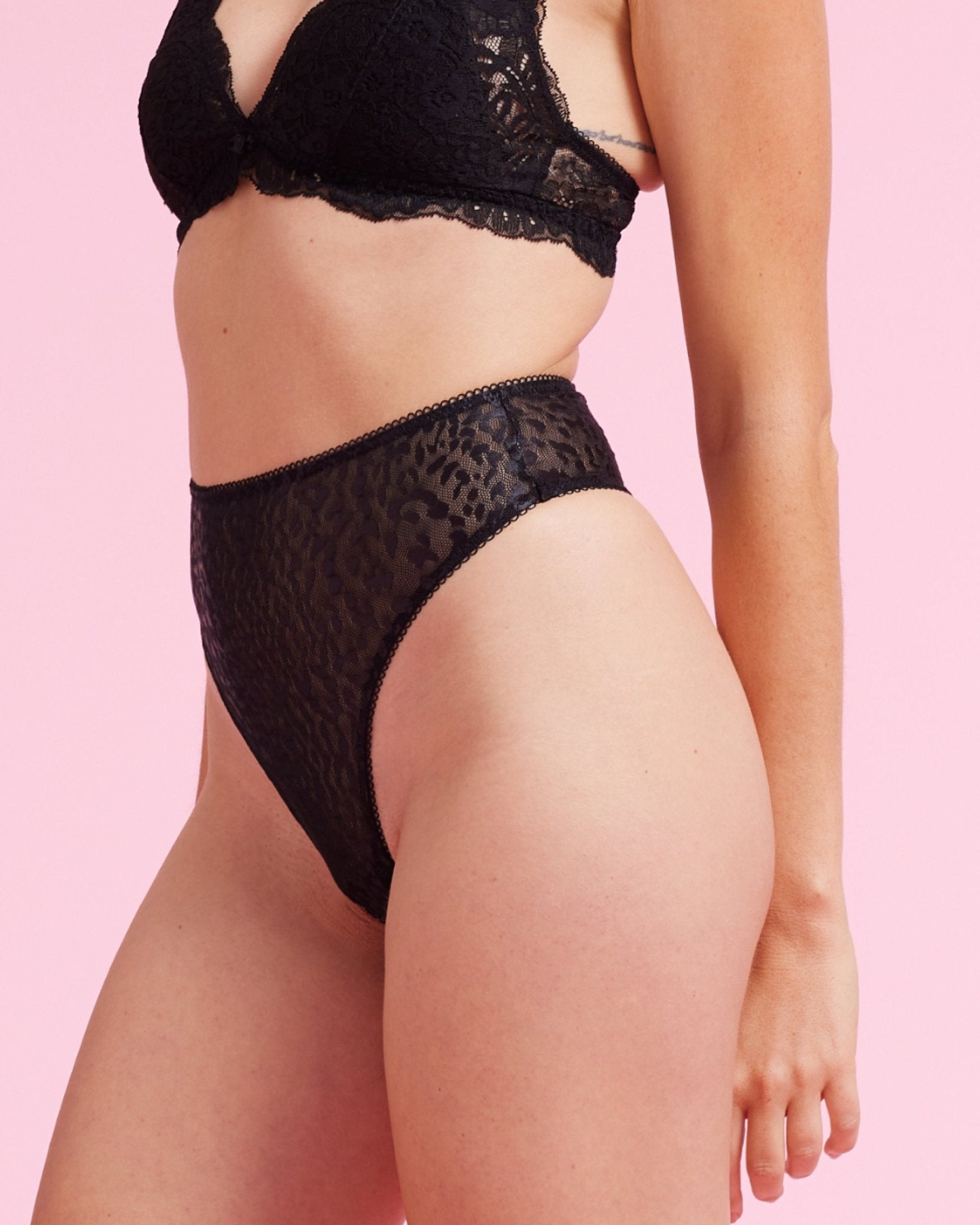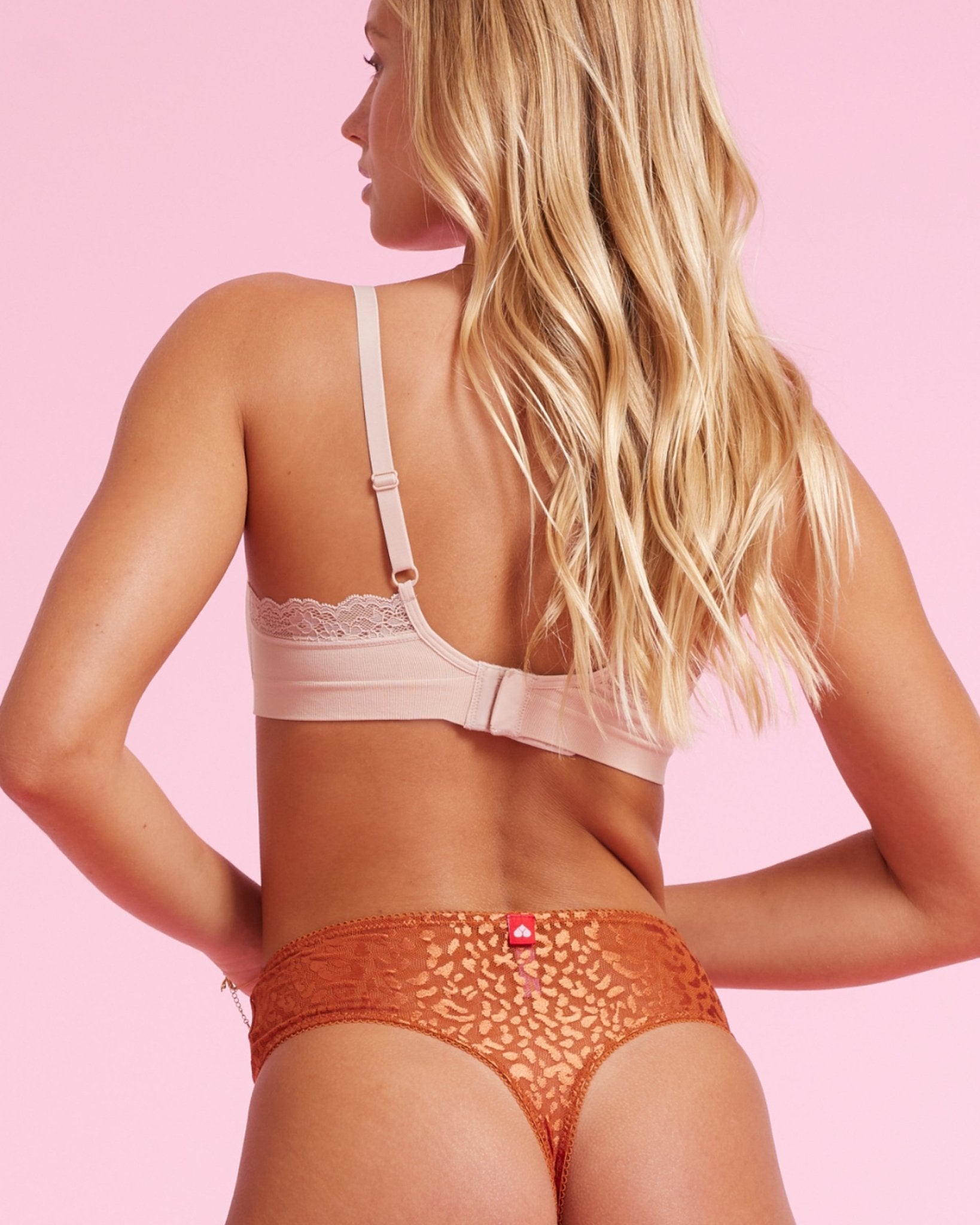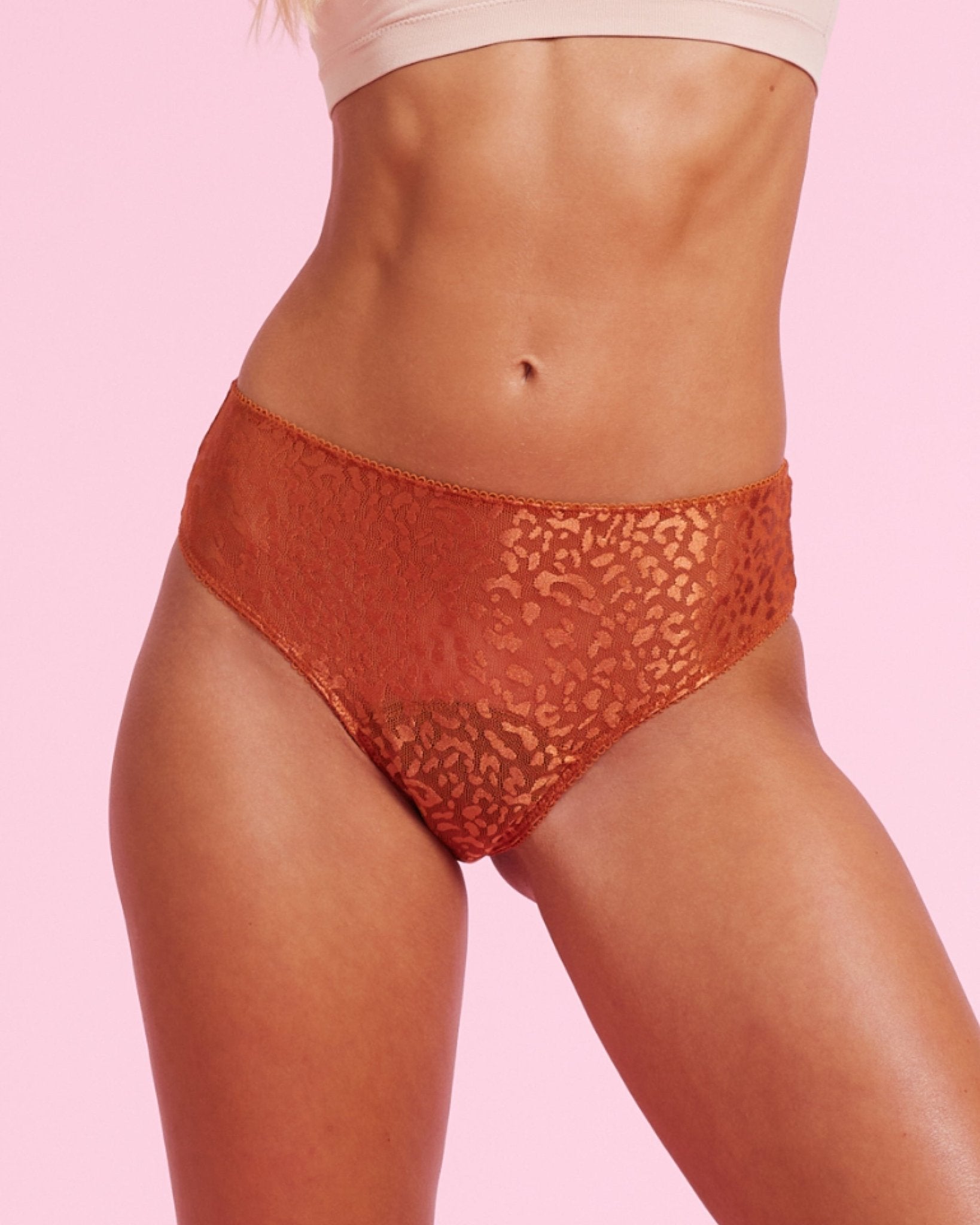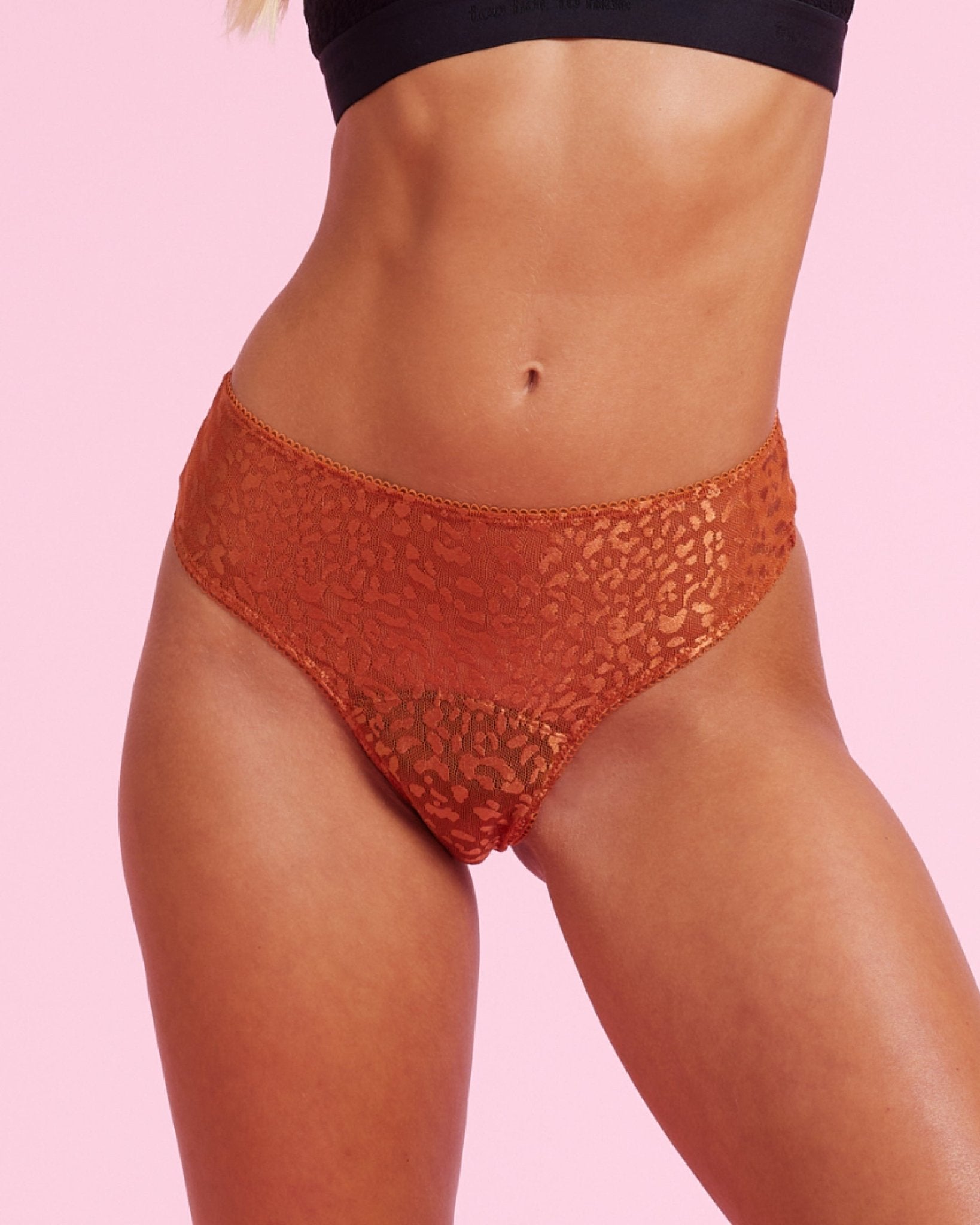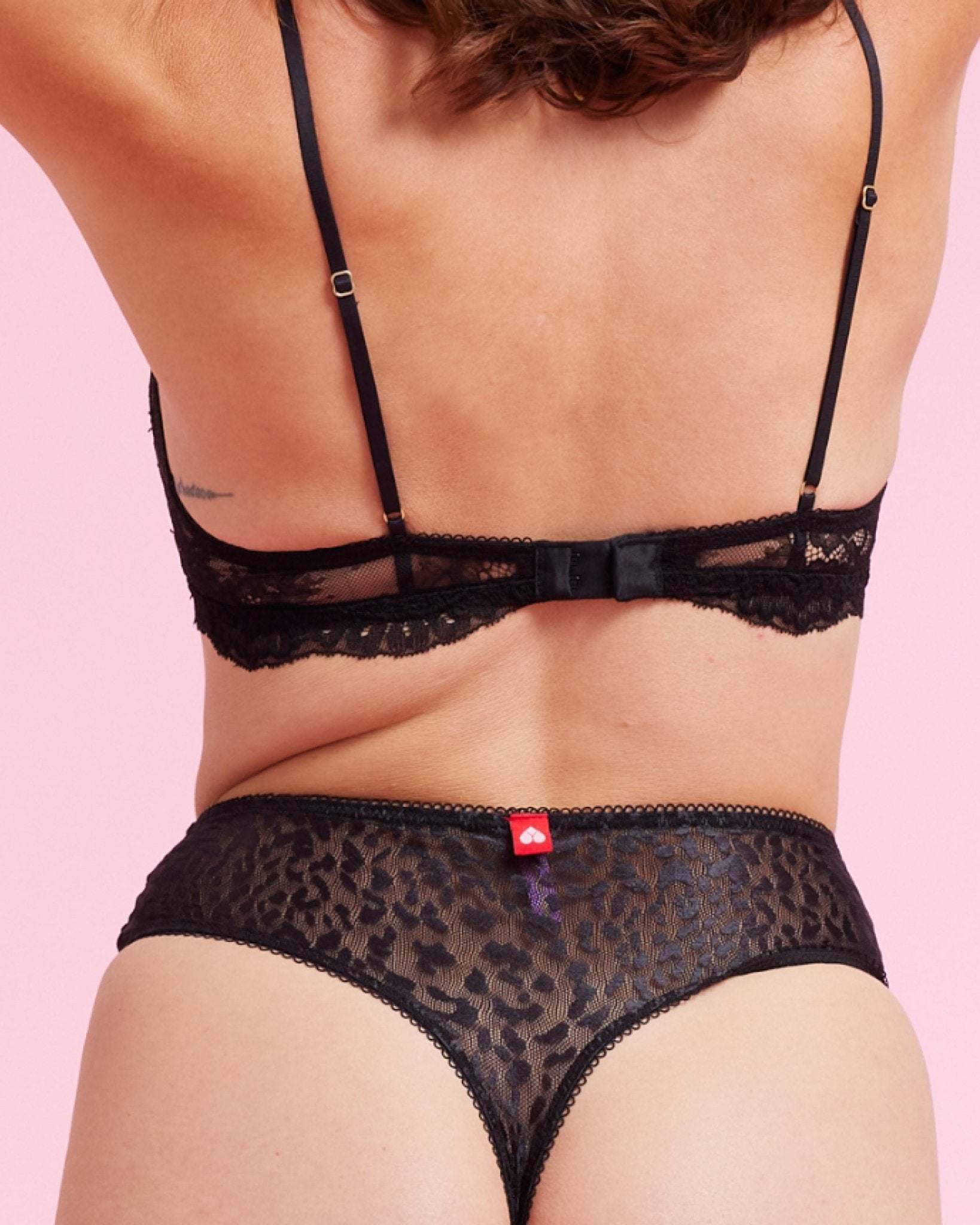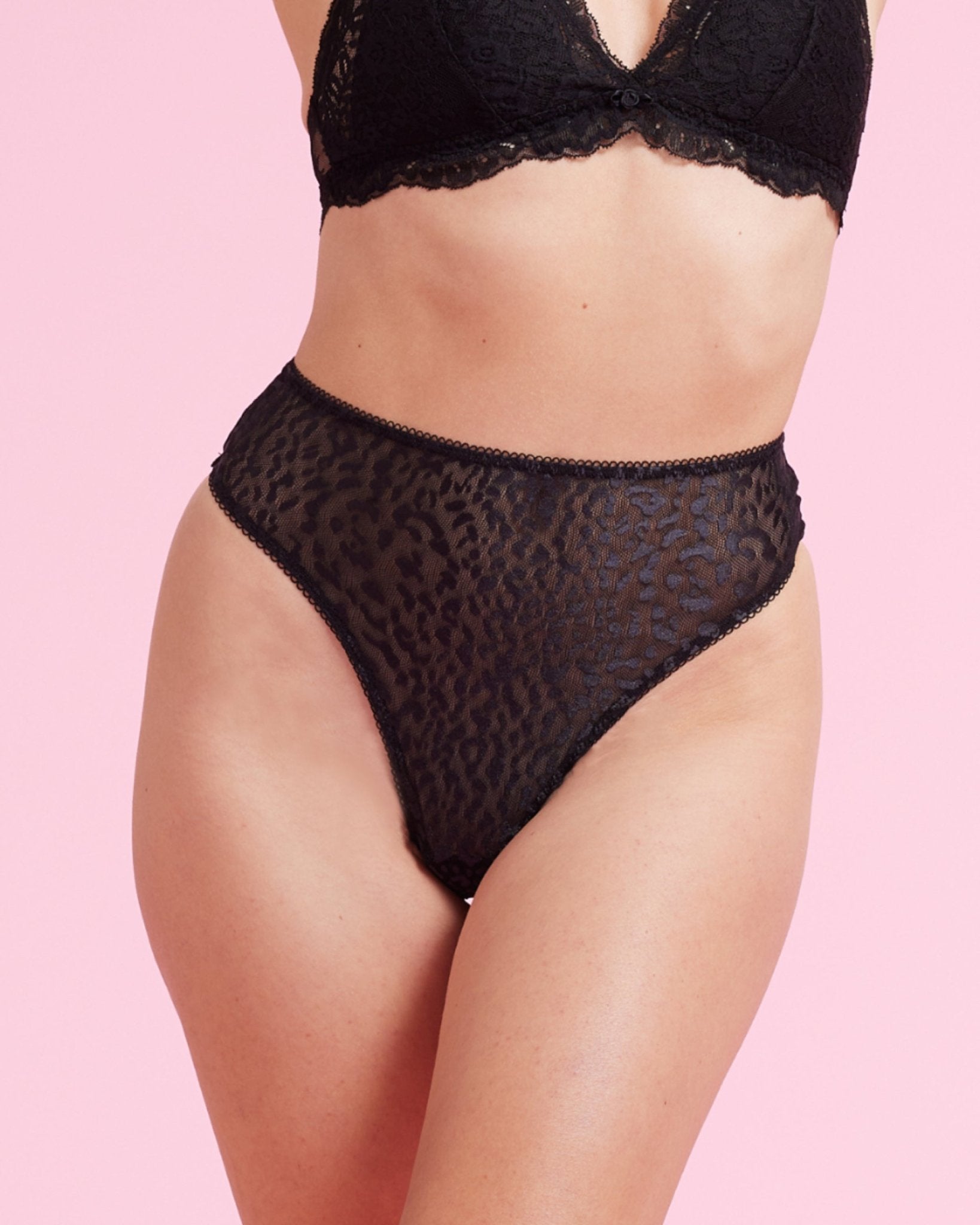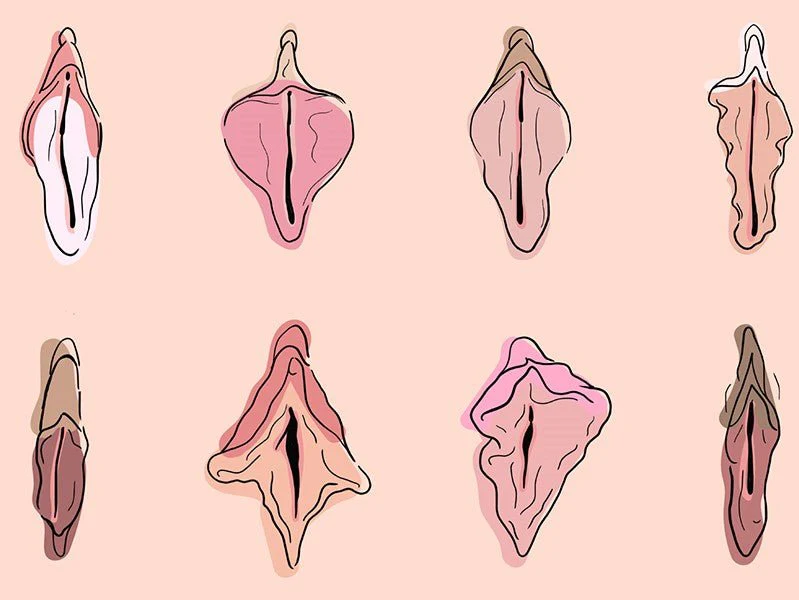Vagina, vulva, vagina - for many people it means the same thing.
Down below.
But it really isn't the same. It's time to differentiate .
Summary
Vulva and vagina mean something different.
The vulva has many different components
The vagina is acidic - at least when it comes to the pH value.
Table of contents
Contents
1. Vagina, vulva, what?!
The vulva:
All you see when you hold a mirror between your legs (please do that!) is the vulva. That is, the visible part, or in other words: the external area of the female genitals.
The vagina:
The vagina is part of the vulva. More precisely, it is the tube-shaped organ that connects the externally visible vaginal entrance with the internal cervix or uterus.
Vagina and vulva are not the same. All you see on the outside is the vulva. The vagina is the inner, tube-shaped part. Know the difference .
So, the terminology has been clarified. Time to take a closer look at this gem. First of all : we recommend that you only use organic tampons on your vulva or in your vagina, as both are among the most sensitive parts of the body.
2. From the vulva to the vagina

The vulva has many fascinating parts , all of which have super important jobs when it comes to our periods, going to the toilet, sex life and having children. A true dream team! #vivalavulva .
And there we have it. The vagina, or the outer, visible edge of the vagina, is located INSIDE the vulva. The vagina is where the tampons and sometimes various other things go in and out. For example, all of us when we are born.
The cervix protrudes into the vagina at the upper edge , which means that it serves as a channel to the outside during birth!
The outer and inner lips are also conspicuously placed here. In technical terms, they are also called labia majora and minora (hello, the little Latinum). At the front, where the inner lips meet, is the clitoris , well embedded. Ticklish? Because this is where things get hot. You can read in our “Where is the clitoris” article that the clitoris is just the tip of the iceberg and what is hidden behind the small, visible nub.
By the way: The vagina is acidic. This has something to do with the pH value. This is because lactic acid bacteria create what is known as an acidic environment. What sounds like a social case is actually extremely important for fighting infections. This is because bacteria do not feel at all comfortable in such an acidic environment. If the pH value is higher, infections can occur. And to that we say: no thank you.
That's why it's even more important that you pay attention to what you let in. We're talking about products, of course. To be more specific, we recommend tampons , sanitary pads and panty liners made from organic cotton.
3. What is the vestibule of the vagina?
The vestibule of the vagina is located between the inner lips and contains - to put it bluntly - two holes . But the vestibule of the vagina is more than just a surface. This is where it gets wet, because this is where the Bartholin glands end, which are responsible for moistening to make penetrative sex pleasant. But the Bartholin glands are not the only players in the vestibule. When things get really hot, the paraurethral glands come into play and secrete a fluid called squirting. ahhh!
The vulva discovery tour continues.
We all know the urethra, it's where our urine comes out when we pee. Next to it is - drum roll please - the vagina.
Did you know : Discharge is also responsible for the light stains in your underwear. Find out what this is all about here .
4. Have you ever put period panties on your vulva?
Wetlands? There are some elsewhere. Our Stay Dry Layer Technology absorbs liquids in a flash so that you stay dry. You can choose between various super absorbent models. The Stay Dry Layer Technology in menstrual underwear, developed by experts, has 4 layers for optimal absorbency while remaining breathable.
The super absorbency of period underwear works thanks to innovative technology. A smart absorbing layer is incorporated into the crotch of the period panty. Two layers ensure that liquid is quickly absorbed and firmly contained. It is incorporated into the panty so flatly that it is hardly noticeable. Super comfy wearing comfort guaranteed, no trace of diaper feeling.
Our most absorbent menstrual underwear models stay dry even on days with heavy menstrual bleeding. Their absorbency means they can absorb a lot of liquid and are made of soft organic cotton. This means they ensure a comfortable and pleasantly dry feeling even during heavy bleeding.
We are constantly trying to improve ourselves and our panties and adapt them to your needs. Our brand new Flexi Technology offers 90% improved absorbency and is an incredible 60% more absorbent than comparable seamless panties on the market. Tested and certified by the renowned Hohenstein Institute, Flexi Technology is the first European panty technology with a floating absorbent insert that adapts to your body and absorbs the blood exactly where it flows. With our innovative Fluid Protection seam processing, side leakage is a thing of the past.
In the shop you can now see our droplet system - 3 drops are the strong panties, 4 drops are the ones that are particularly absorbent.
And the best part: Our products are non-toxic, free of biocides and harmful substances, guaranteed, tested and certified! We use recycled polyester and are only 1 mm thicker than your usual underwear. In the future, all new panties that come out will be improved with exactly this technology. You can see which panties you can already order with Flexi Technology on the product pages. Welcome to a new era of period underwear!
What is the difference between vagina and vulva?
Vulva: The vulva is the external part of the female genitalia. It includes the visible external structures located above the vagina. The vulva consists of several different parts. The vagina, often referred to as the "birth canal," is an internal part of the female reproductive organs. It is a muscular tube that connects the external genitalia to the cervix. The vagina is flexible and stretchable and plays an important role in sexual intercourse, childbirth, and menstruation.
What parts does the vulva consist of?
Mons pubis: The mons pubis is the area covered with pubic hair above the pubic bone. Labia: The labia are the outer labia (labia majora) and the inner labia (labia minora). The outer labia are the larger folds of skin that surround and protect the inner labia. Clitoris: The clitoris is a highly sensitive organ and is located at the top of the inner labia. It plays an important role in sexual arousal and pleasure. Urethral opening: This is the place where urine is excreted.
What should the vulva look like?
Not at all! All vulvas are beautiful! There is no such thing as normative beauty.


